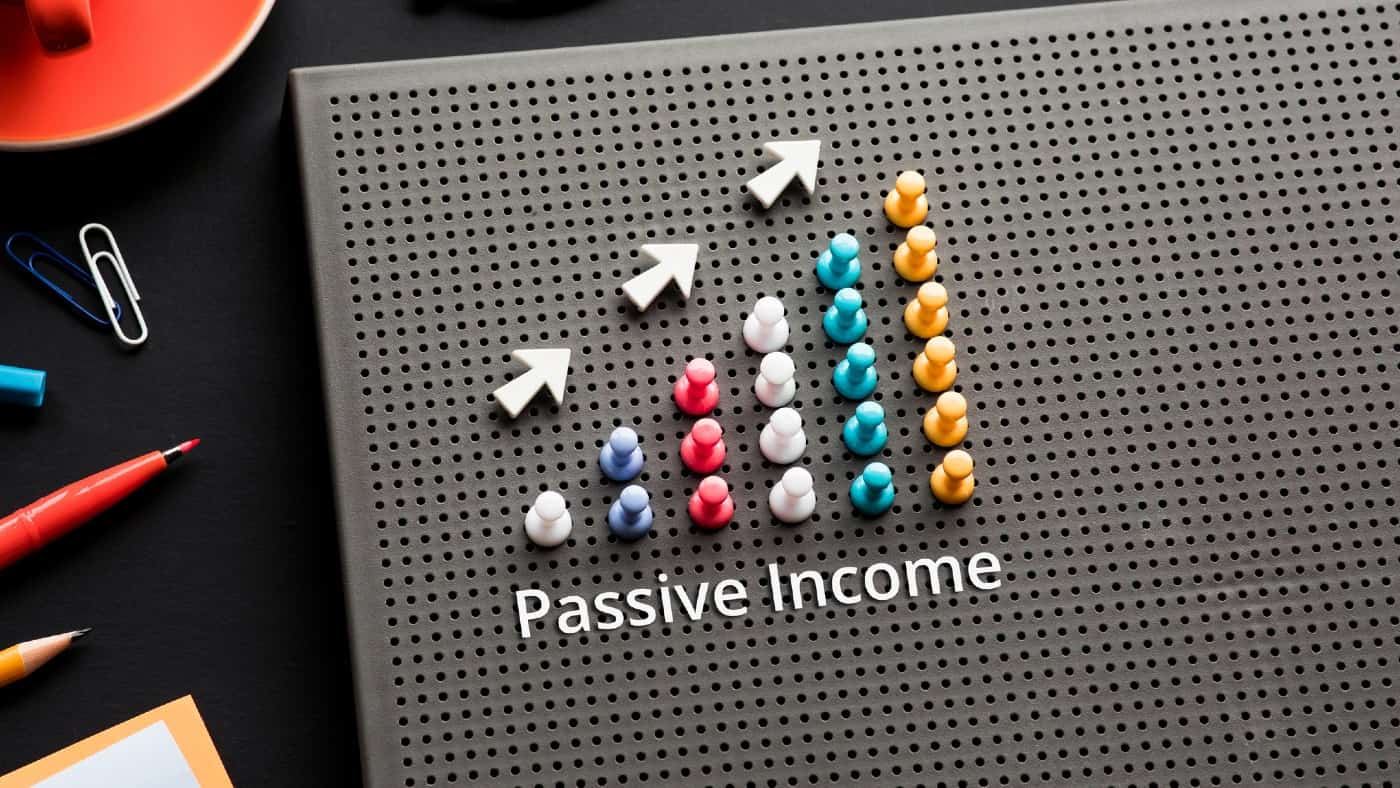Money made with little effort on a daily basis – ‘passive income’ – gives more options in life.
It can fund better holidays, nicer places to live, a change to a more satisfying job, and even early retirement.
As Warren Buffett put it: “If you don’t find a way to make money while you sleep, you will work until you die.”
The best way I have found of generating such income is by buying high-quality shares that pay high dividends.
And the only two elements that require notable effort are selecting the stocks and periodically monitoring their progress.
Three key factors in stock selection
Aside from paying high dividends, a second key factor in my stock selection is that the business looks set for growth. Over time, earnings growth powers high dividend payments.
The third factor is that the stock looks undervalued to me against its peers. This reduces the chances of a big, extended drop in the share price that would wipe out my dividend gains.
Phoenix Group Holdings (LSE: PHNX) ticks all three boxes for me.
First, its 2023 dividend of 52.65p a share gives a current yield of 10.3%. This is among the highest in any FTSE index and compares to the average FTSE 100 yield of just 3.8%.
Second, it posted an adjusted operating profit before tax last year of £617m – up 13% from 2022. After tax, it recorded a loss of £88m – a reduction of 64% from £245m the year before.
A risk here is a marked deterioration in its strategies to hedge its capital position. Such hedging involves trading other assets with the intention of reducing the risk of adverse market movements on its capital.
The company forecasts that operating cash generation will rise around 25% to £1.4bn by the end of 2026. It also targets £900m in IFRS-adjusted operating profit by that point.
Consensus analysts’ expectations are that earnings will grow 39% a year to the end of 2026.
And third, the firm trades at just 1.7 on the key price-to-book (P/B) measurement of stock value. This looks very undervalued compared to its peer group average of 3.6.
How much passive income can be made?
So, £11,000 – the average savings amount in the UK – invested at 10.3% would make £1,133 this year in dividends payments.
If the yield averaged the same over 10 years, the dividends would be £11,330 on top of the £11,000 investment.
Crucially however, these returns could be turbo-charged by reinvesting the dividends paid back into the stock. This is known as ‘dividend compounding’ and is the same process as compound interest in a bank account.
If this was done, then I would have an additional £19,677 instead of £11,330 after 10 years!
This would mean £30,677 in total, paying £2,990 a year in dividends, or £249 a month.
Over 30 years on an average 10.3% yield, the investment pot would total £238,581, paying £23,256 a year, or £1,938 a month!
Inflation would reduce the buying power of the income over time, of course. And yields can go down as well as up, depending on dividend payments and share prices.
However, it highlights that a significant passive income can be generated from relatively small investments in the right stocks if the dividends are reinvested.








